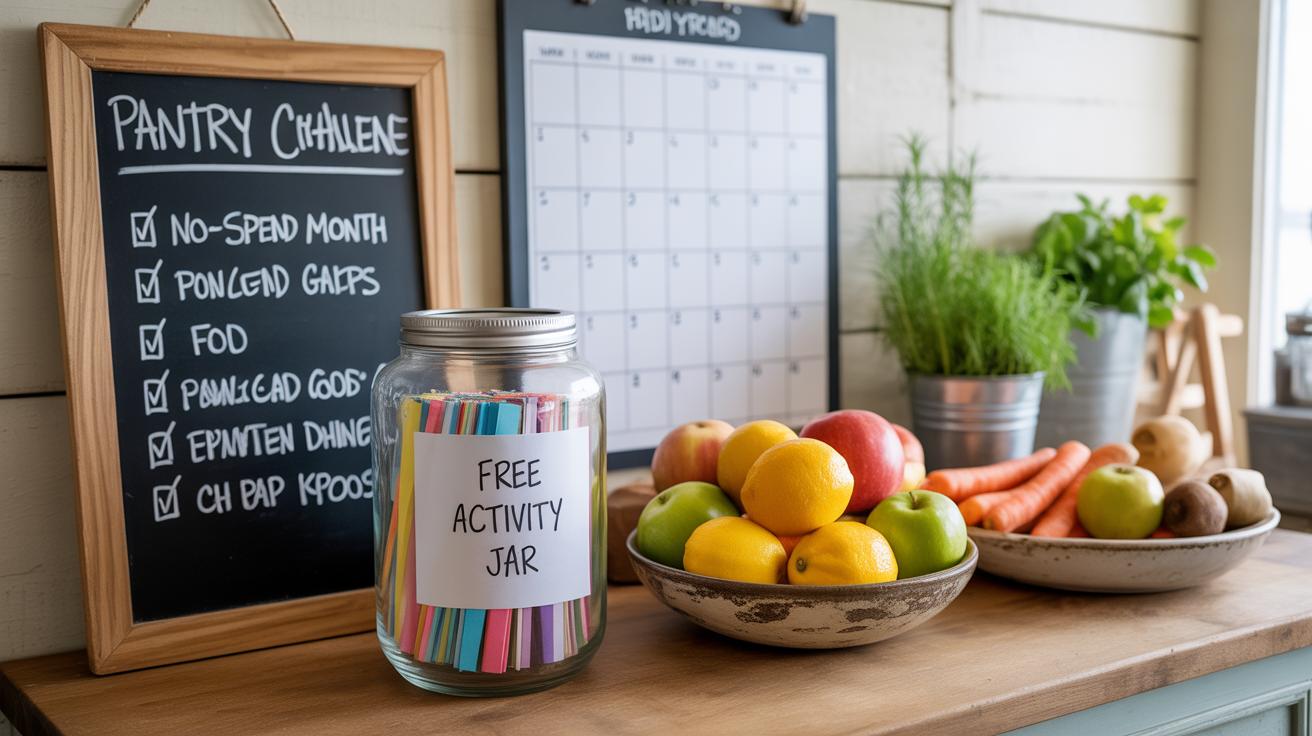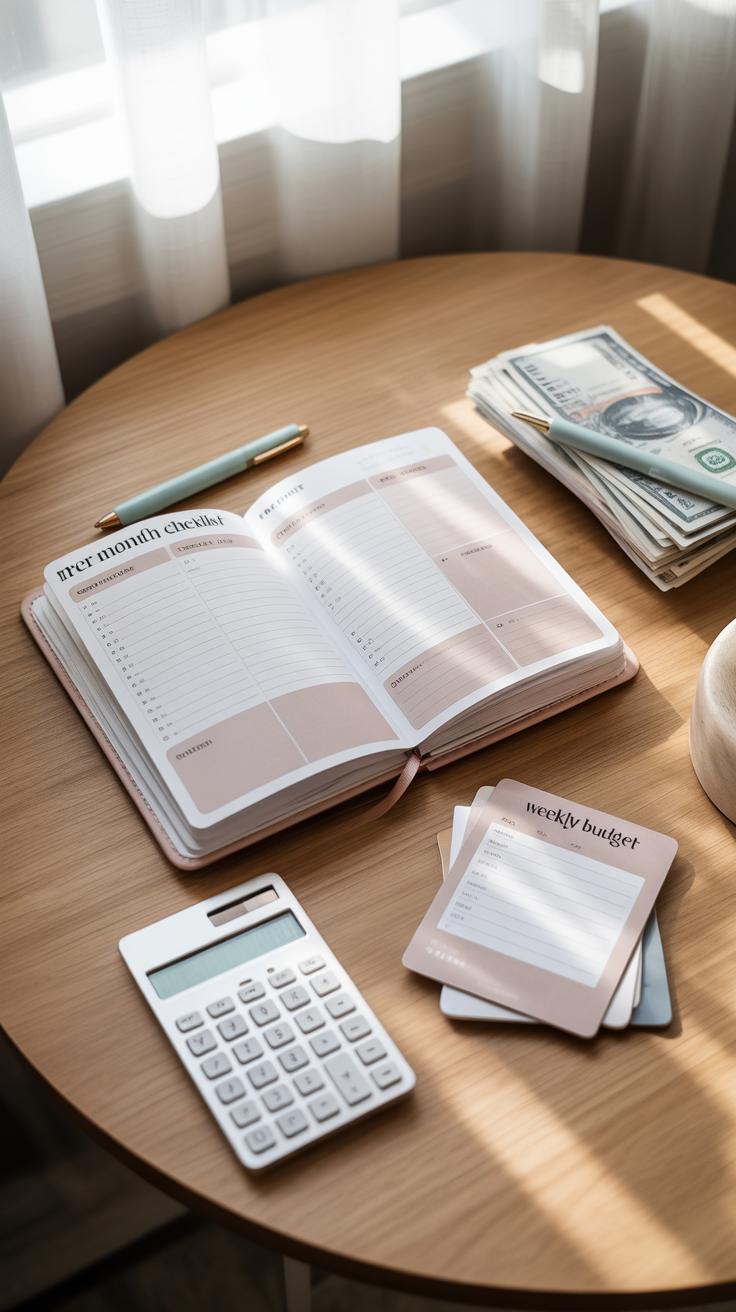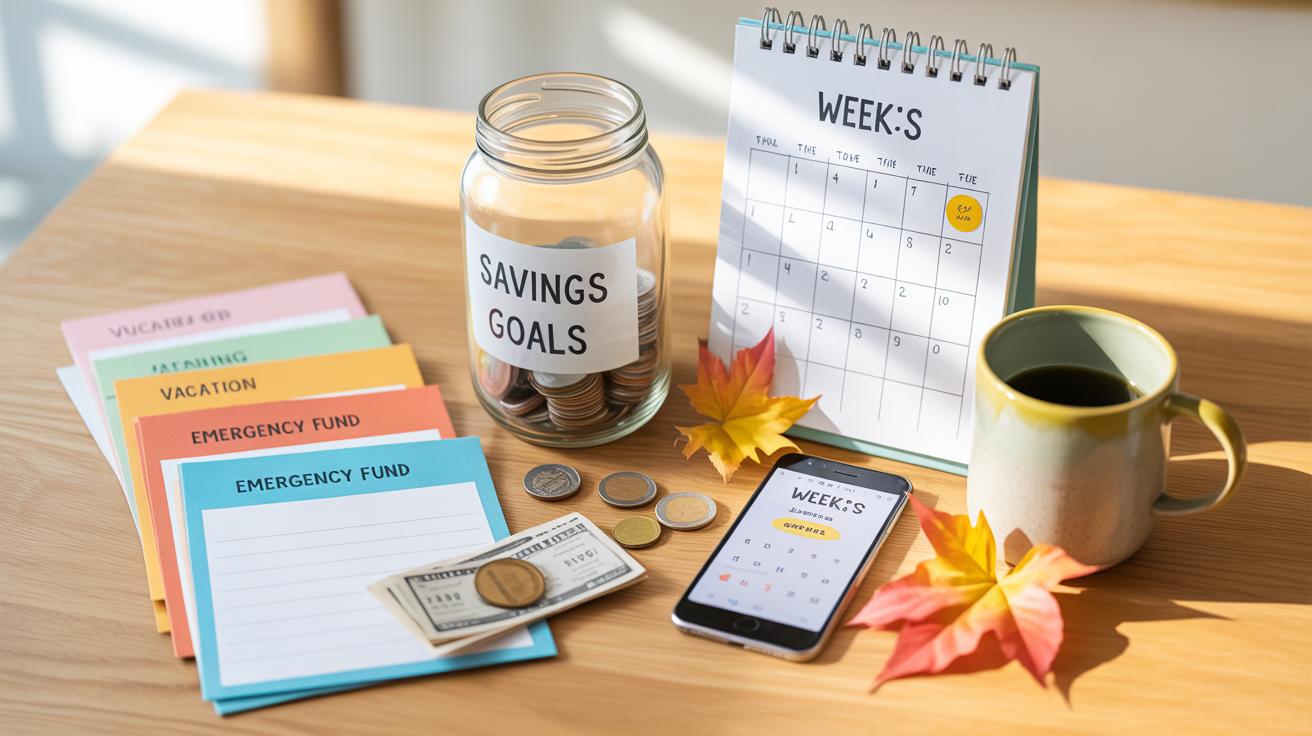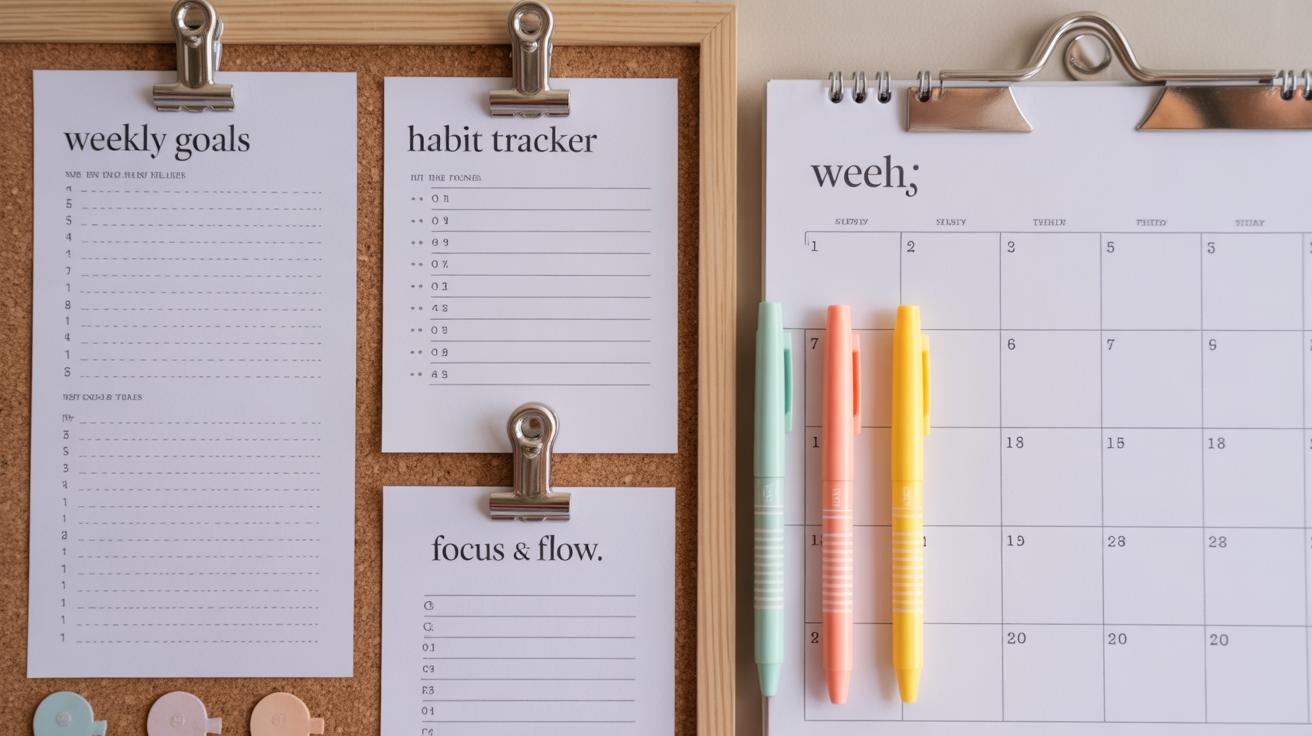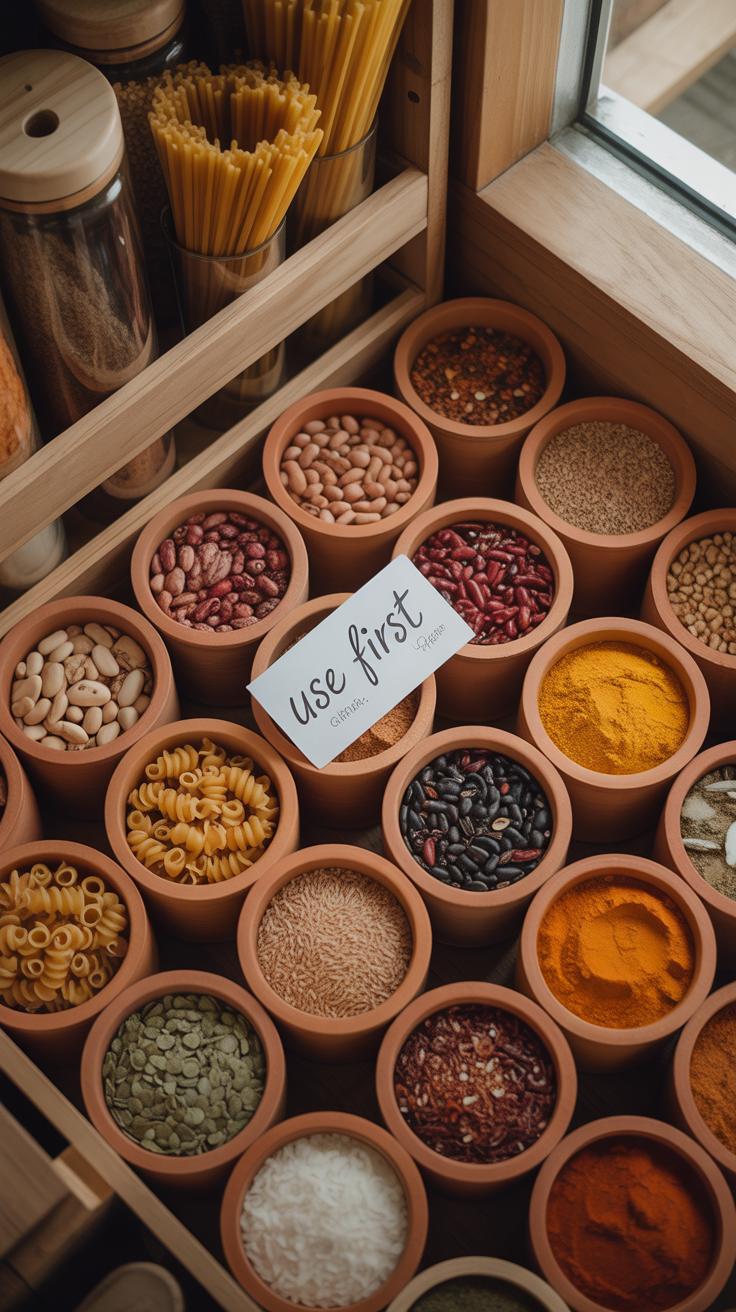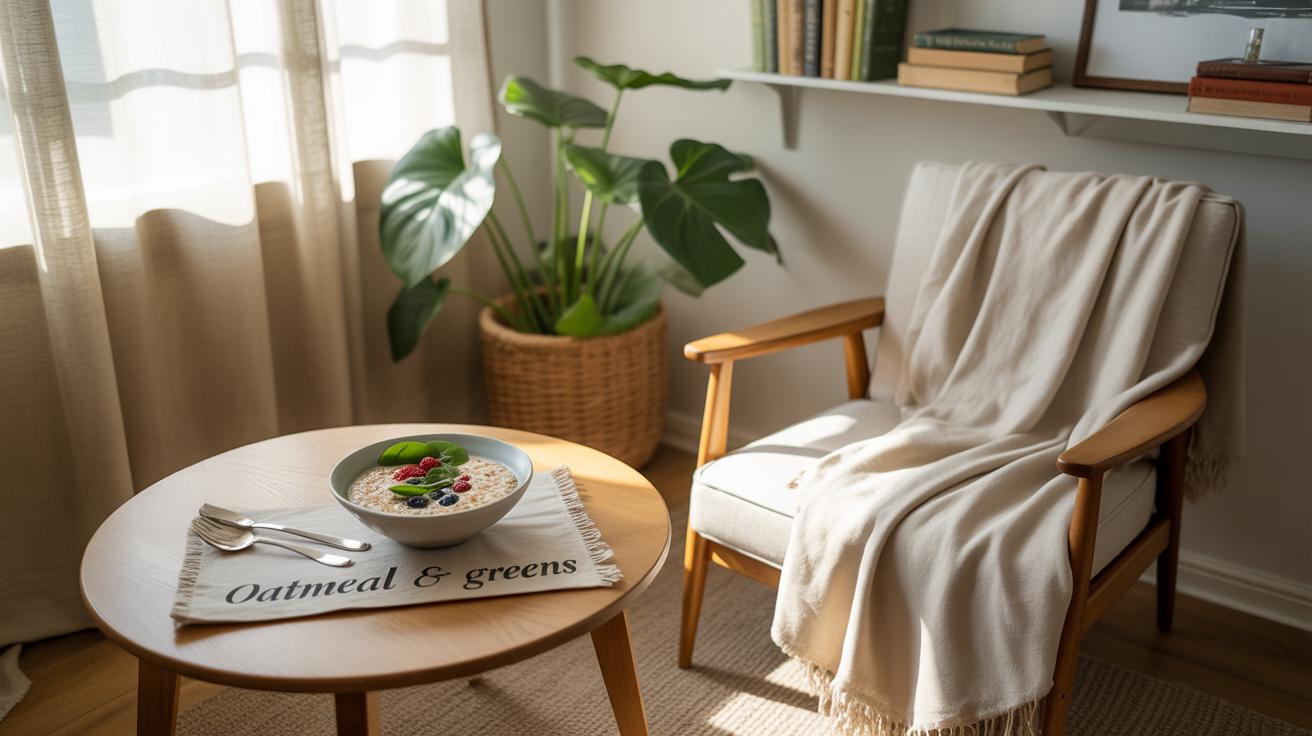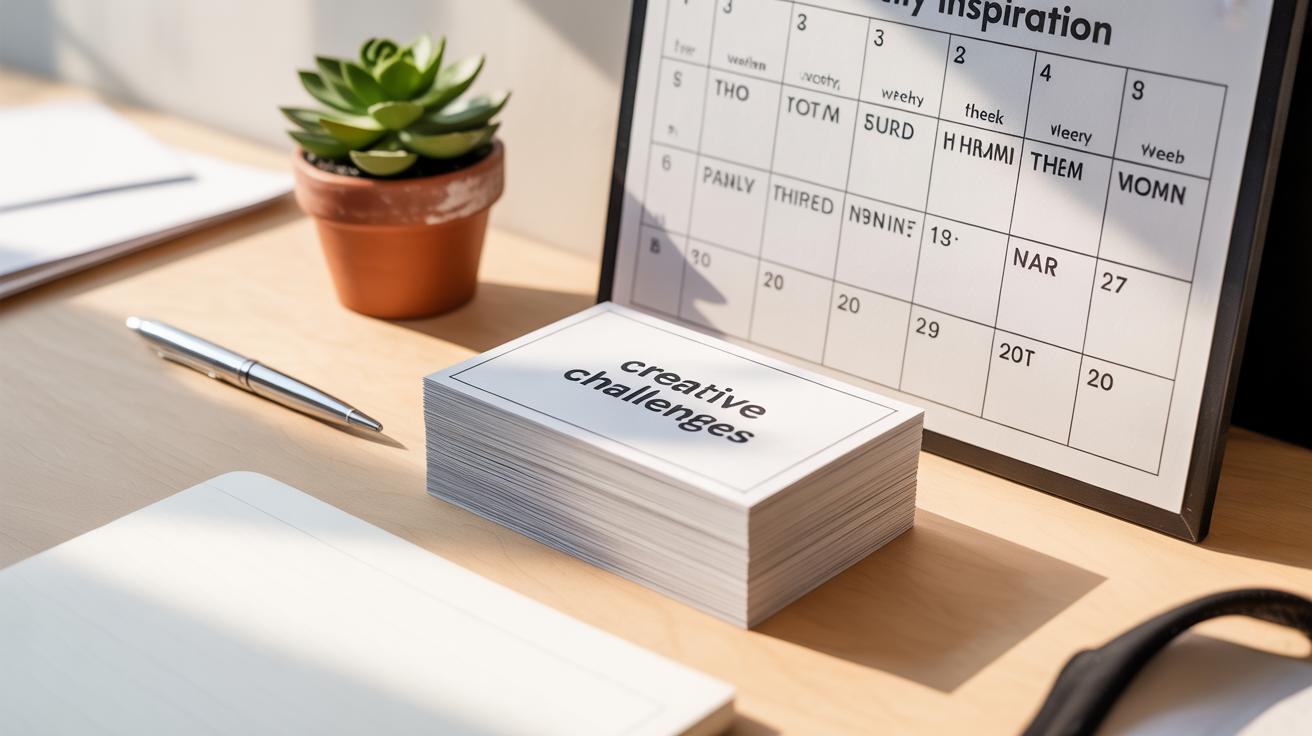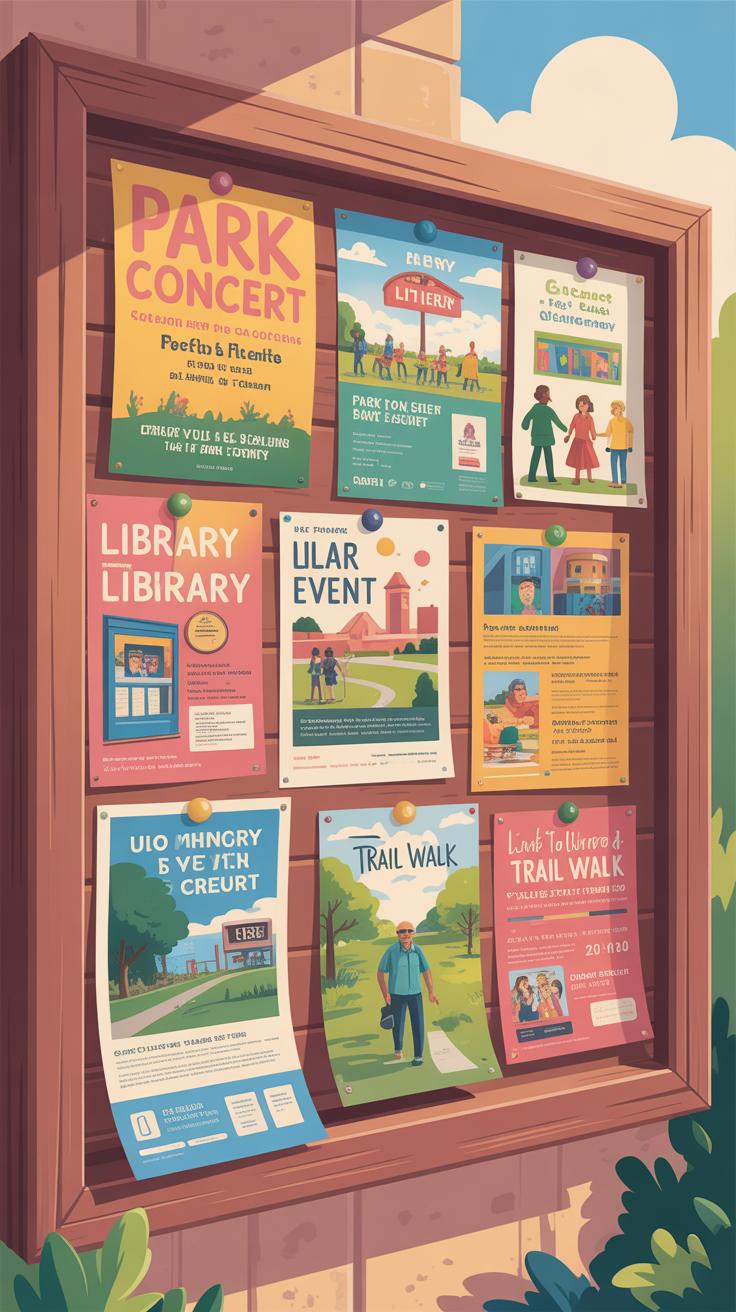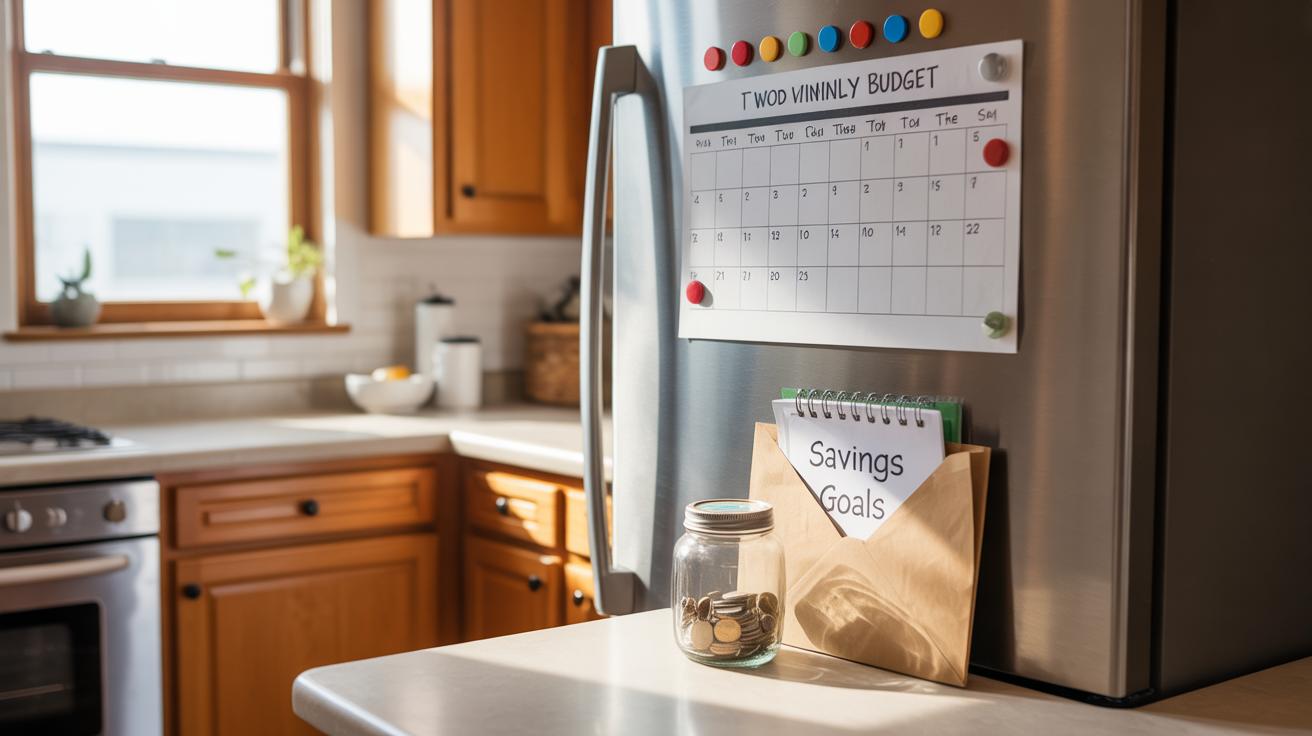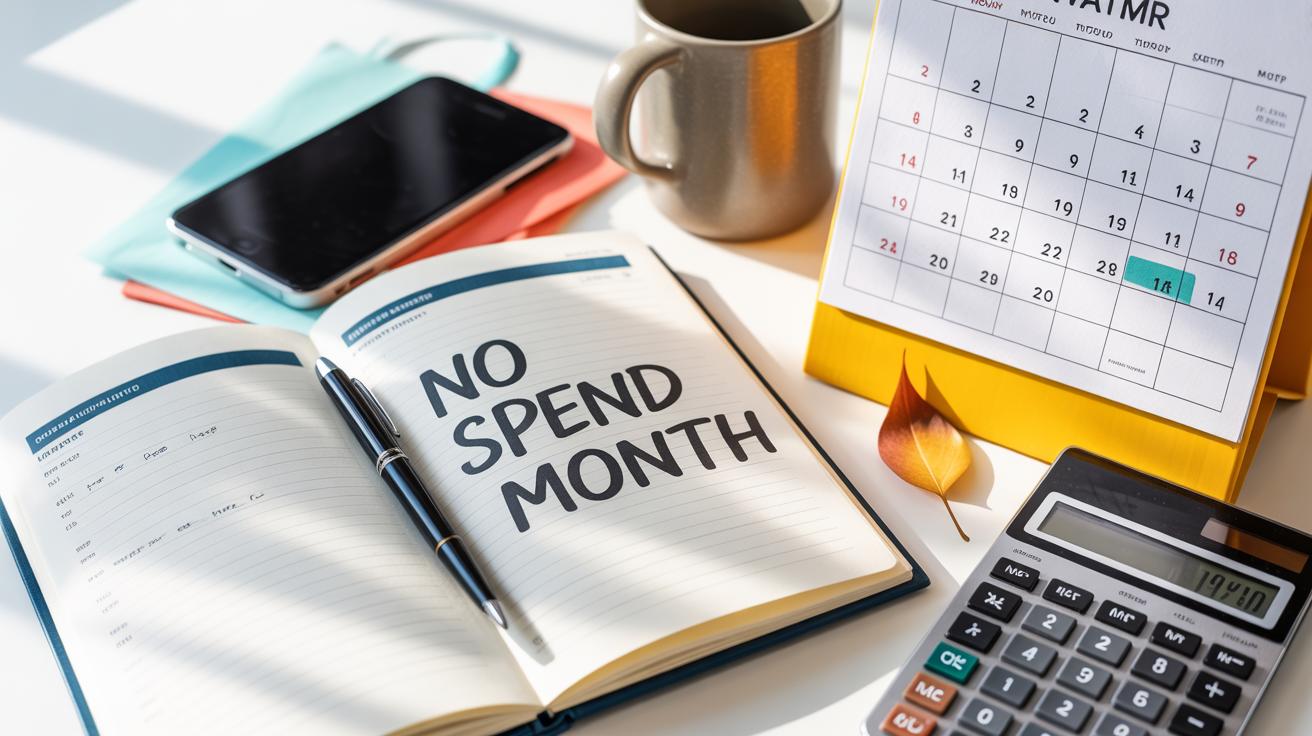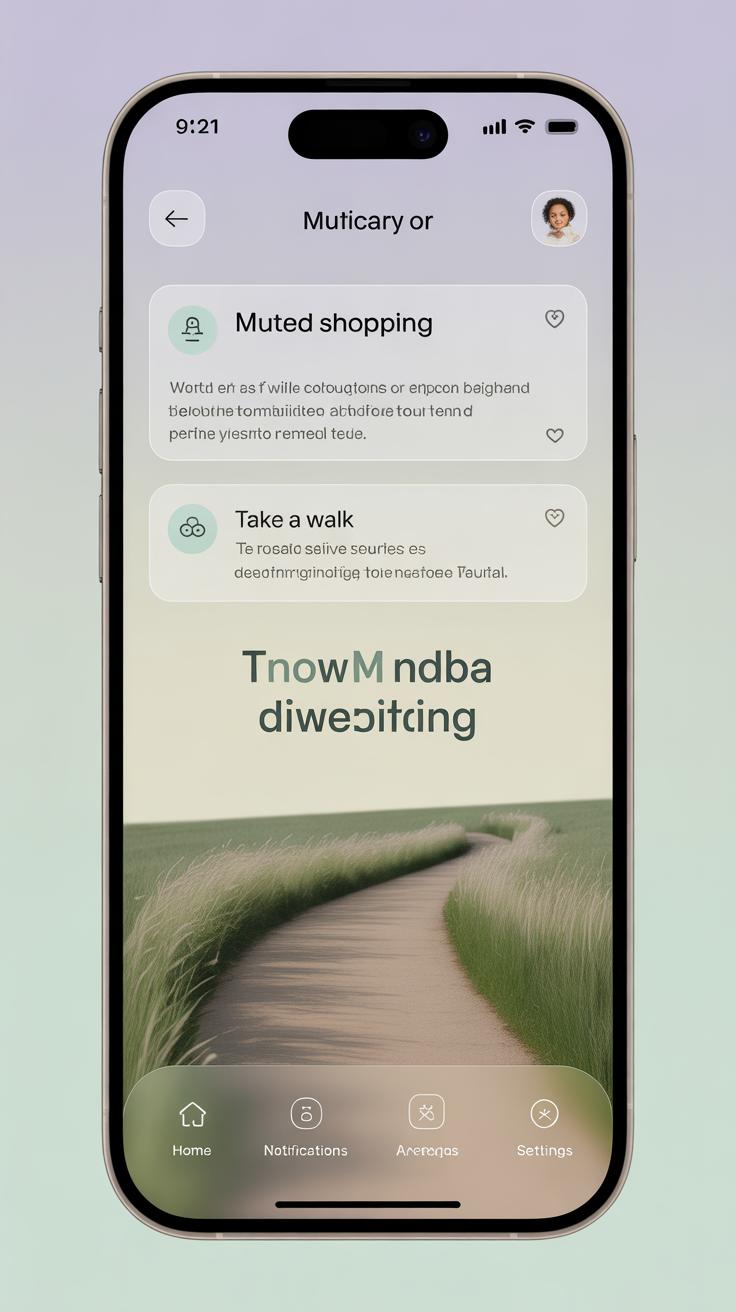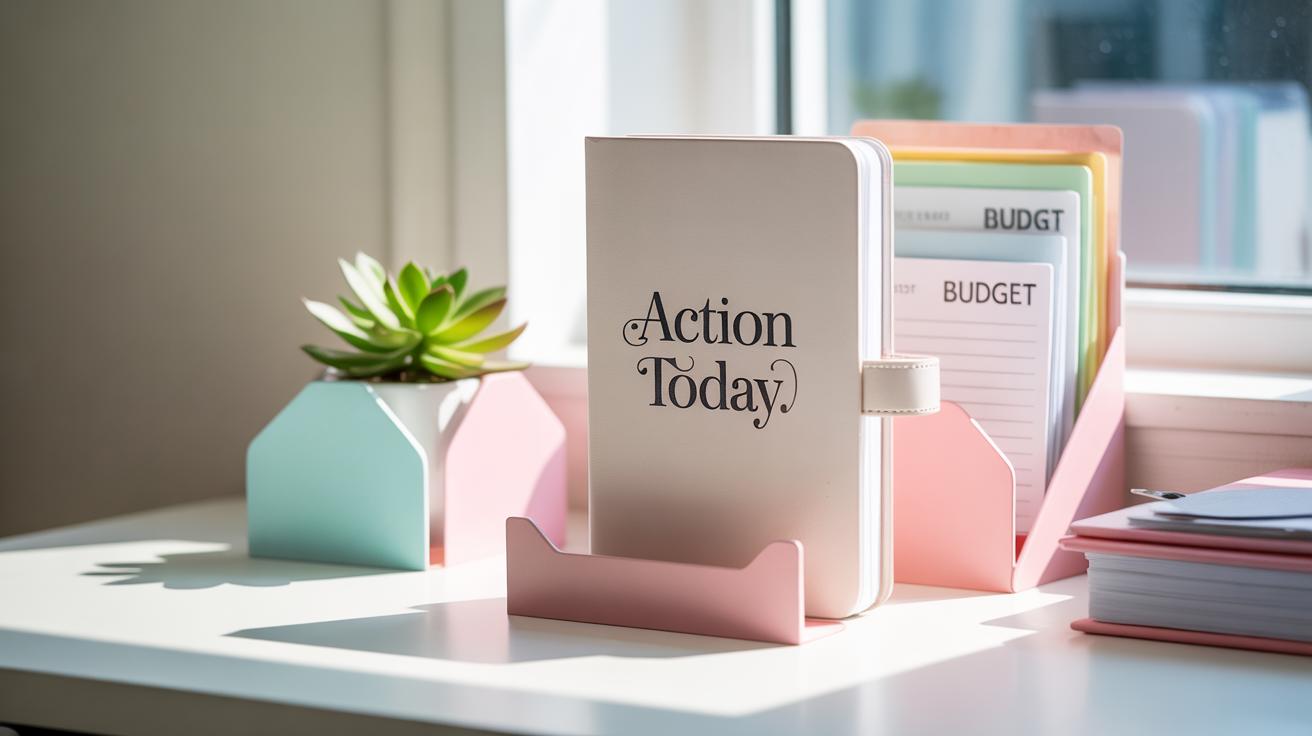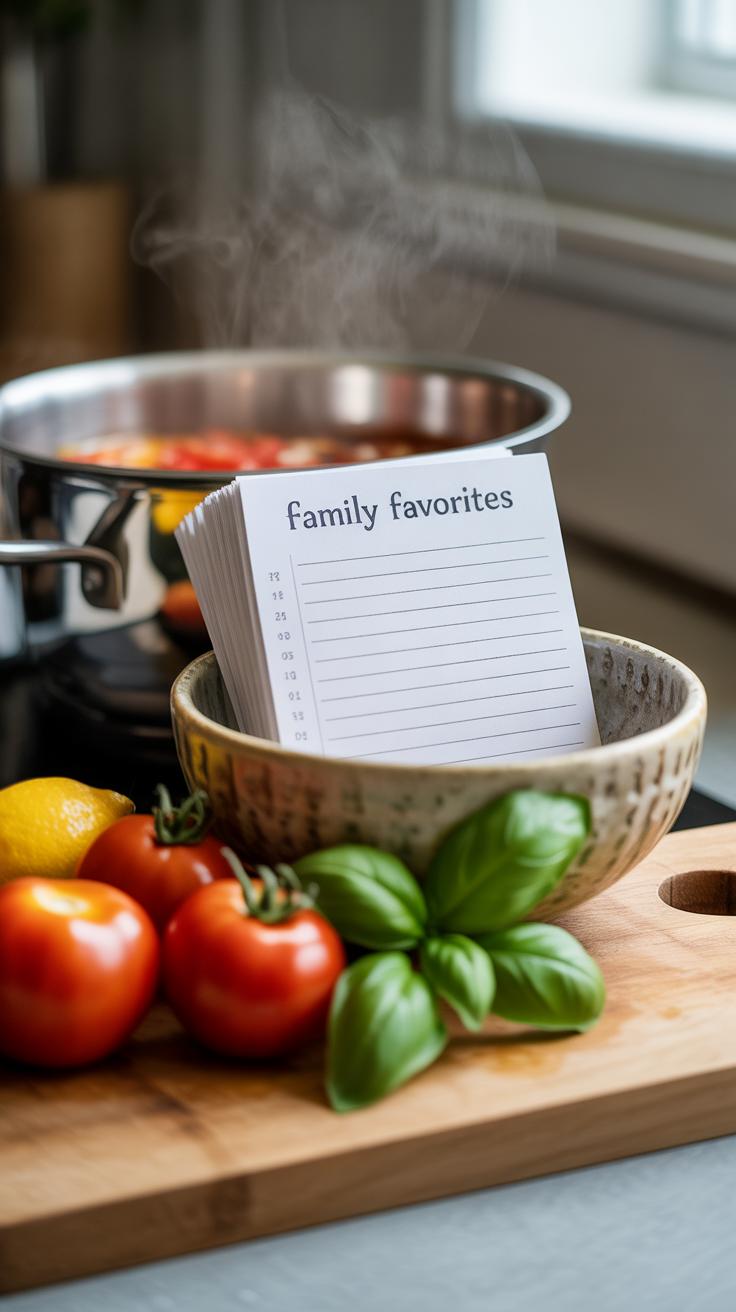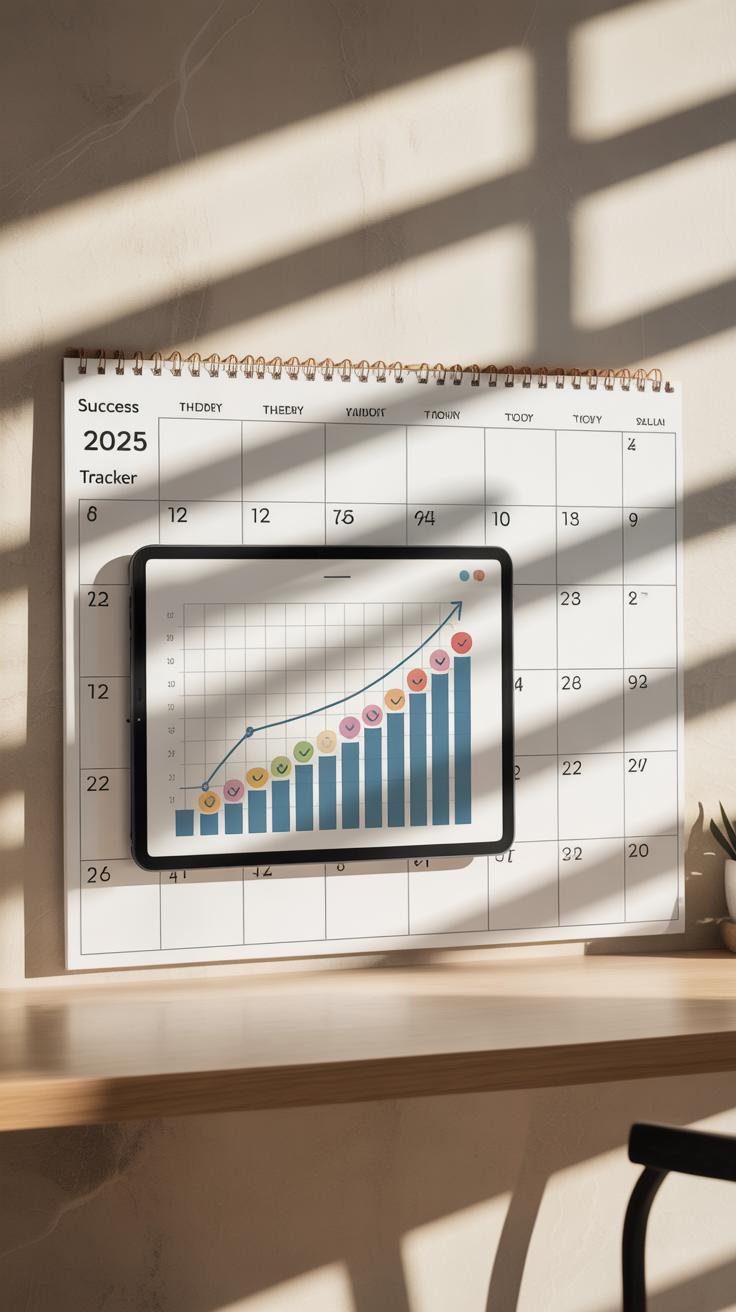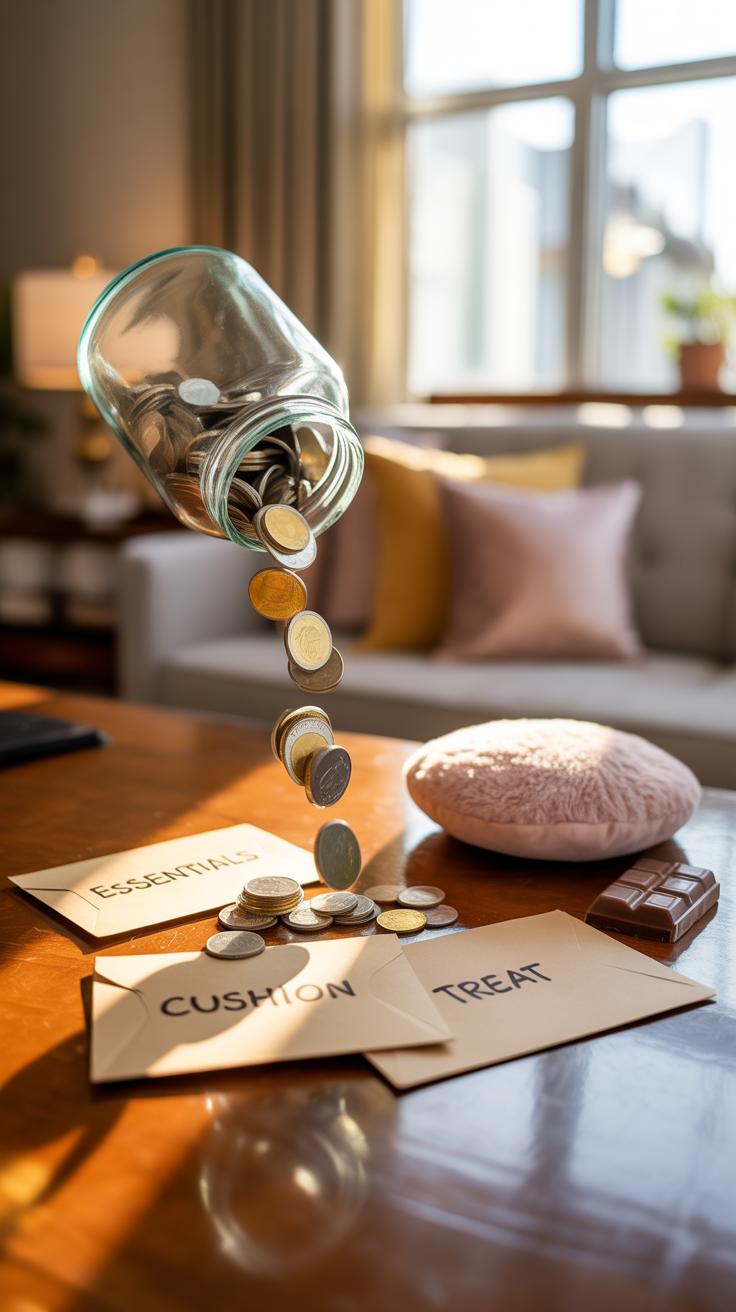Introduction
When you decide to have a no spend month, you take a break from buying anything that isn’t essential. This challenge lets you save money quickly and learn new habits. Almost anyone can do it by using smart money saving techniques. These strategies help you stick to your plan, so you don’t spend on things you don’t need.
This article shows useful and easy ways to save money during your no spend month. You will find tips to plan, avoid temptations, and make the most of what you already have. By using these money saving techniques, you can be more aware of your spending and start a better habit that helps your future finances.
Planning Your Budget Before The Month Starts
Before jumping into a no spend month, it’s really helpful to take a closer look at where your money usually goes. Often, we don’t realize just how much slips away on small things until we track it properly. Try reviewing your last few bank statements or receipts to get a clear picture. You might be surprised to find patterns or hidden expenses that sneak up every week.
Once you know your typical spending habits, you can set a realistic budget for essentials like groceries, bills, and any unavoidable payments. This isn’t about cutting everything down to zero, but about being honest with what you truly need. Think about how much you spend on food in a normal week and multiply that for the month. That gives you a starting point, something concrete instead of guessing.
Tracking expenses during the no spend month helps keep everything on course. Use whatever works best for you: a notebook, a phone app, or even simple spreadsheets. The key is to jot down purchases as they happen so you don’t lose track or get overwhelmed later. Writing it down makes those expenses feel more real, and you get a better sense of sticking to your limits, even if you stumble sometimes.
Reviewing Past Spending To Find Savings
Before diving into a no spend month, you’ll want to take a close look at where your money usually goes. Start by pulling up your recent bank statements, credit card bills, or even receipts if you keep them. It’s surprising what you might spot once you slow down and really examine your spending.
Look for patterns—maybe coffee runs, dining out, or small impulse buys pop up more often than you realized. These are the places where savings hide, though you might not notice it day to day. This process can feel a bit tedious, but it’s like shining a flashlight on habits that quietly drain your wallet.
Once you identify these non-essentials, you’re not just cutting expenses blindly. You’re becoming more aware, which helps steer your choices. Without this insight, it’s easy to slip back into old ways without even realizing it.
Setting A Spending Limit For Essentials
Next, you’ll want to figure out how much money you actually need to cover essentials during your no spend month. Think rent or mortgage, utilities, groceries, transportation, and any necessary medications.
Try a simple method: add up your average essential expenses from the past few months. That gives you a number to aim for. Then, add a small cushion for emergencies—maybe 10 to 15 percent of that total. It’s not about having a huge safety net, but just enough to avoid stress if something unexpected arises.
Keep in mind, sticking within this limit is crucial. It might feel restrictive but it ensures you’re not just replacing one habit with another. Tracking each expense daily or every few days—even jotting it down in a notebook or phone—can help you stay honest with yourself. It forces you to pause before spending and keeps you mindful about your budget in a way that’s manageable and real.
Using What You Have At Home Before Buying More
Using up what’s already in your home can save more money than you might realize. When you resist the urge to buy more, you not only keep cash in your pocket but also cut down on waste. Sure, it might feel tempting to grab the newest ingredients or clothes, but looking around your kitchen or closet first often reveals forgotten treasures.
Take cooking for example. Instead of running to the store for another bag of rice or canned beans, try digging into your pantry staples. You might be surprised how a few simple ingredients can come together into a filling meal. Maybe some pasta, leftover veggies, and a can of tomatoes can combine to create a decent dinner with zero added cost.
Or think about those worn-out clothes. Mending a small tear or sewing on a missing button doesn’t require a sewing degree. It’s about being resourceful—even a quick patch can extend your favorite sweater’s life, and you avoid spending on new items unnecessarily.
By using what’s already here, you don’t just save money—you learn to appreciate and make the most of your things. Plus, less waste feels pretty good, doesn’t it?
Creating Meals From Pantry Ingredients
Planning meals around what’s already in your kitchen can feel like a puzzle but one that pays off. Start with an inventory: what grains, canned goods, spices, and frozen items do you have? Once you know, think about combinations that don’t require new shopping.
Try mixing basic staples:
- Rice or pasta with canned beans and whatever fresh or frozen veggies you have.
- Oats with nuts or dried fruit for a simple breakfast.
- Eggs combined with leftover potatoes or greens can make a filling dish.
Sometimes, tossing things together surprises you. It’s less about perfection and more about avoiding spending. You might even discover new favorite combos along the way. Planning these meals ahead helps prevent last-minute temptations to order takeout.
Fixing Items To Extend Their Use
Fixing things around the house can feel like a small victory in a no spend month. It’s not always about fancy tools or elaborate sewing. A little creativity goes a long way. For example, a small rip in a shirt can be sewn with a simple needle and thread—or even secured temporarily with fabric glue.
Other quick fixes include:
- Replacing worn-out shoe laces instead of buying new shoes.
- Re-gluing loose chair legs or tightening screws on furniture.
- Turning worn-out clothing into rags or patch material.
This mindset of repair makes you less disposable, which not everyone enjoys, I get that. But it’ll stretch your budget and can even feel surprisingly satisfying. Plus, it slows the cycle of buying and discarding that often leads to spending more in the long run.
Finding Free Or LowCost Entertainment Options
Entertainment costs can sneak up on you. A quick dinner out, a movie ticket, or a weekend outing might seem small individually, but they add up fast. When you’re in a no-spend month, it’s tempting to feel like fun has to stop entirely. That’s not true. You just have to shift how you think about entertainment.
Explore free or cheap activities around you. For example, local libraries often host events like book readings or workshops at no charge. Community centers sometimes offer free fitness classes or arts groups. If you’ve never checked your city’s event calendar, now’s the time. These are easy to overlook, yet they can fill your weekends without costing a dime.
Exploring Free Local Events And Nature
Nature is one of the best—and easiest—forms of free entertainment. Parks, trails, and lakes invite you to get outside without opening your wallet. Many parks now have self-guided walks or art installations you might stumble upon just by going for a stroll.
Other ideas include:
- Visiting museums on their free admission days. Many museums or galleries offer specific times weekly or monthly when entry costs nothing.
- Checking community bulletin boards for free concerts, farmers markets, or festivals.
- Joining a local volunteer event. It’s social, feels rewarding, and keeps you busy without spending.
I once attended a free community jazz concert in a park—no ticket, no hassle, just good music and fresh air. Things like this feel richer when money isn’t involved, though I wasn’t sure I’d enjoy it at first.
Making Home Entertainment Fun Without Cost
Staying in doesn’t mean boredom. With a little creativity, your home becomes a fun zone. Movie nights are a classic for a reason. Pull out your DVDs or dig through streaming services you already pay for—no extra rentals needed. Invite family or roommates, add some popcorn, and it becomes an event.
DIY crafts can fill evenings too. You don’t need special kits or supplies—reuse materials you have around, like old magazines, fabric scraps, or bits of yarn. It’s relaxing and distracting.
Books you haven’t read yet? Great escape. Board games gathering dust? Time to dust them off. Even puzzles or card games can spark unexpected enjoyment when you focus on the simple act of playing.
Sometimes, just switching up your usual routine at home creates fun. Try rearranging furniture, making a special meal together using what’s on hand, or even starting a small indoor garden with seeds from your pantry.
Do you remember the last time you enjoyed something without thinking about cost? Recreating that feeling is possible. You just need to look a little closer to home and your community.
Avoiding Temptations And Managing Cravings
Trying to stick to a no spend month means facing a lot of moments when you want to buy something unnecessary. Those urges aren’t just about wanting new stuff—they often pop up when you’re bored, stressed, or just scrolling through social media ads that seem designed to catch your eye. It can feel like temptation sneaks up on you from everywhere, making it tricky to stay on track.
One thing that helps is spotting what sets off those spending urges in the first place. Maybe it’s feeling overwhelmed at work, or seeing a flashy online sale. Sometimes it’s as simple as walking past a tempting display or hearing about a friend’s recent purchase. When you know your triggers, you can prepare for them—or avoid them if possible.
When the urge hits, try a few simple distractions:
- Take a quick walk outside to shift your mind away from spending.
- Call a friend to talk instead of shopping.
- Write down why you want to save money right now—seeing your reasons can pull you back.
- Do a small chore or hobby you enjoy, like reading a little or cleaning a corner of your room.
These little tricks won’t erase temptation completely, but they can break the cycle enough to make it easier to resist. And remember, some days will be harder than others—and that’s okay. The moments when you slip up are part of learning what works for you.
Meal Planning And Cooking At Home
Planning your meals can seriously cut down the urge to grab food outside or buy those convenience snacks that quietly drain your budget. When you decide what to cook ahead, you limit last-minute choices, which often lead to expensive takeout or impulse buys.
A good starting point is making a shopping list based on simple, affordable ingredients like rice, beans, seasonal vegetables, and eggs. You don’t need fancy recipes. Often, basic meals serve just as well and keep you full and satisfied. It’s surprising how much money just thinking through your meals beforehand can save.
Creating A Weekly Meal Plan
Try sketching out a week’s worth of meals with ingredients that overlap. For example, if you buy a bag of rice, think about using it for stir-fry one night and then as a base for a soup later in the week. Planning small, repeatable menus makes shopping easier and trims down waste.
Preparing meals or components in advance – chopping vegetables, cooking grains, or making sauces – not only saves time but also keeps you from reaching for quick, costly options. It’s a bit like setting yourself up for success, although some days you might slip back into randomness. That’s okay.
Batch Cooking And Using Leftovers
Cooking larger portions and saving extras for later can really stretch your grocery dollars. For example, a big pot of chili or stew can provide multiple dinners and even lunches. Leftovers also reduce the temptation to order food when you’re tired or rushed.
Sometimes leftovers don’t feel exciting, but mixing them with fresh ingredients or transforming them into a different dish can help. Think of a roasted chicken turning into chicken salad or soup the next day. This approach reduces both waste and cost.
Have you noticed how batch cooking can become a kind of routine? It might feel like extra work upfront, but over time, it makes the no spend month feel doable, even easier than eating out or buying packaged meals.
Tracking Your Progress Throughout The Month
Keeping a close eye on your spending during a no spend month can be surprisingly helpful. It’s not just about jotting down every dollar spent; it’s about noticing patterns and feeling connected to your goals. You might try simple methods like writing notes in a journal, using a basic spreadsheet, or even free apps designed to track expenses. The key is to find something easy enough that you won’t dread doing it every day.
Some people like to create charts or graphs, which can make seeing your progress more visual and, frankly, a bit encouraging. It’s motivating to spot how the numbers shrink or stay steady, even if it’s just by a little bit. Plus, tracking can also highlight unexpected spending habits that sneak in unnoticed. Have you ever been surprised by how often a small purchase adds up? This step can help you catch those.
Recording Daily Expenses And Feelings
Try pairing your expense tracking with a quick note about how you felt that day related to spending or saving. Were you tempted to break the no-spend rule? Did you feel proud after resisting? Writing down these feelings creates a fuller picture. Sometimes you realize, for instance, that boredom or stress nudges you toward tempted spending.
Over time, not only do you see your financial progress, but you might notice changes in your mood or attitude toward money. This could be revealing. Maybe at first, you felt deprived, but by the end, you found satisfaction in managing without extra purchases. Seeing these shifts can make the whole experience feel more personal and real.
Reviewing Your Success At The End
When your no spend month wraps up, take some time to look over all your notes, charts, or app reports. Celebrate the dollars saved—that’s the obvious win—but also reflect on the tougher days. What challenges came up and how did you handle them? Did you discover a new thought pattern about spending you didn’t expect?
This review is less about perfection and more about noticing progress and growth. You might find some spending habits you want to adjust or new ways you want to approach money. Thinking this through helps you build on your success, making future money-saving efforts feel less intimidating and more within reach.
Planning For After The No Spend Month
The end of your no spend month can feel like a bit of a relief but also a challenge. What now? It’s tempting to dive back into old spending habits, but the lessons you’ve picked up don’t have to disappear. Think about what worked and what didn’t during the challenge. Maybe you realized you don’t need that daily coffee shop run or that impulse buys usually leave you feeling regretful. Use these insights to shape how you approach money going forward.
Setting realistic goals is key. It’s not about restricting yourself forever—try to decide where spending truly adds value and what feels unnecessary. Consider creating a simple budget that balances essentials, occasional treats, and savings. For instance:
- Set a monthly saving target that feels doable, even if it’s small.
- Allocate a specific “fun money” amount where you can spend without guilt.
- Regularly review your budget to adjust for life changes or shifting priorities.
Keep some no spend habits alive, like asking yourself if a purchase is really a need—not just a want—before buying. Keep a habit of setting small, regular savings goals to stay motivated and watch your progress. You don’t have to be perfect, but staying mindful can keep you from slipping back into careless spending. What small habit from your no spend month surprised you by how helpful it was? Holding on to those can make a real difference.
Conclusions
Savings come from small choices every day. By planning your no spend month carefully, you can avoid common pitfalls and keep your budget on track. Using practical techniques like meal planning, using what you have, and finding free entertainment helps you stay focused. You will find that you don’t need to spend to enjoy life.
Try these tips during your no spend month and watch how much money you can save. Each step you take builds a strong foundation. You will feel proud and more in control of your money. What is one small change you can make today to start saving?


